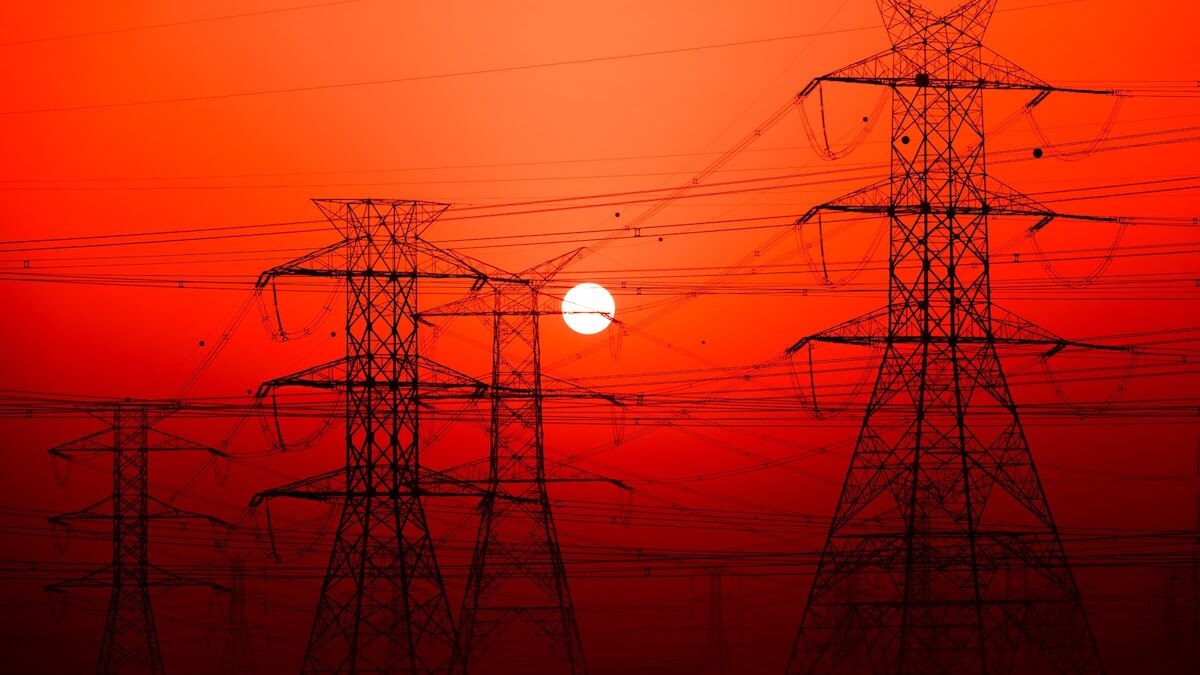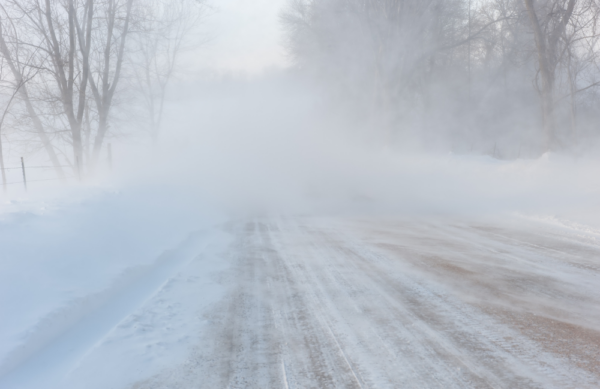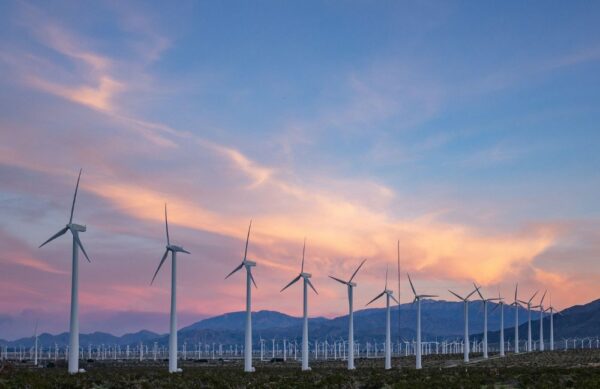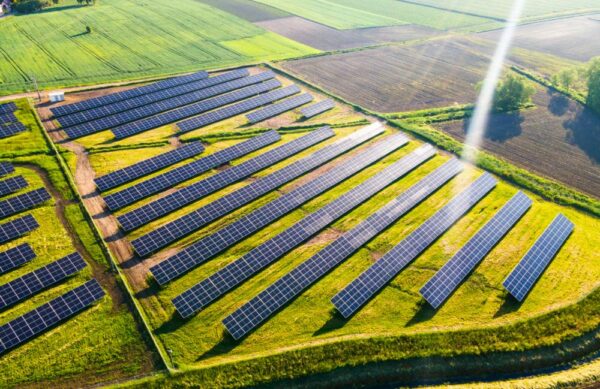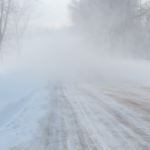2019’s record-breaking wildfire season in California demonstrated that power lines can set forests aflame. High winds have been known to blow trees and branches into power lines, as well as snap distribution line poles whose live wires then fall onto dry grass.
The Kincade Fire in Northern California is a testament to the damage caused by fallen power lines. The blaze broke out after a 230,000 volt transmission line failed near the point of origin, just before power was about to be shut off in the area. The fire wound up burning 77,758 acres.
This year, utilities attempted to prevent the outbreak of such wildfires by implementing planned blackouts. But this new risk management technique has been widely criticized as being too broad and lasting too long, leaving more than 2 million people across California in the dark. To be effective, planned blackouts need to be utilized in a much more surgical manner – without shutting down power to an entire city or state.
Trying to Solve a Hardware Problem With a Hardware Solution
Part of the reason that utilities can’t manage planned blackouts for specific locations is that they continue to rely on traditional weather information sources. But such weather tools as satellites, weather stations, and radar provide forecasts that are too general to enable effective decision making on exactly which power lines need to be shut down, and for how long.
This lack of accuracy is the result of significant blind spots: satellite imagery is useless in cloud cover; radar doesn’t work at ground level; and weather stations have limited coverage.
Because utilities don’t know the precise weather at a specific power line they are more likely to shut down lines unnecessarily, or risk a wildfire by keeping them energized.
The Answer to a Hardware Problem? Software
To fill the glaring gaps in coverage, utilities are increasingly using software-based sensing technologies – known as virtual sensing. Instead of building and deploying more prohibitively expensive hardware, virtual sensing makes it possible to observe the environment in a more comprehensive manner. Software such as Tomorrow.io’s patented MicroWeather OS taps into our connected world – wireless signals, connected vehicles, street cameras, airplanes and drones – and turns them into virtual weather stations.
Tomorrow.io’s Weather Of Things approach, along with information derived from traditional weather tools, is combined and then run through proprietary AI-driven models. For utilities, these models turn the unique data that’s generated about specific weather parameters at a micro level in real time into actionable insights, such as hyper-local fire index forecast, that can be used to prevent wildfires caused by power lines.
Utilities are more effectively monitoring their infrastructure and optimizing grid utilization because of virtual sensing. With extra lead time about disruptive weather, utilities can quickly restore power after unplanned outages, minimize weather-related accidents and asset damage, notify crews and customers about weather risks and outages, proactively mobilize crews, and improve their Dynamic Line Rating.
There’s no single way to prevent wildfires. However, MicroWeather technology gives utilities the hyper-personalized, highly accurate weather information, coupled with industry-specific insights, they need to make better, data driven decisions about where, and for how long to implement blackouts. The result: A positive impact on everything from crew and customer safety to distribution operations and total outage duration.
Wildfires also impact heavily on air quality: Read more to learn exactly how and why…
